Kyoto Festivals: 13 Vibrant Events in 2025

Explore Kyoto's famous festivals, such as the Gion Matsuri, Aoi Matsuri, Jidai Matsuri, and Gozan Okuribi. Learn the dates, highlights, and how to enjoy these events that embody ancestral traditions.
Kyoto Festival Guide
Kyoto's 3 Major Festivals
1. Aoi Matsuri (May 15)
2. Gion Matsuri (July 1 - 30)
3. Jidai Matsuri (October 22)
Other Festivals
4. Gozan Okuribi (August 16)
5. Hirano Shrine Cherry Blossom Festival (April 10)
6. Kitano Tenmangu Plum Blossom Festival (February 25)
7. Shimogamo Shrine Misogi Matsuri (July 19 and 31)
8. Fushimi Inari Taisha Grand Festival (August 20)
9. Atago Shrine Senku (July 31 - August 1)
10. Toka Ebisu Festival (January 8 - 12)
11. Kurama Fire Festival (October 22)
12. Imamiya Ebisu Festival (April 13)
13. Uzumasa Ushi Matsuri (on hiatus)
Travel with ease and save money in Kyoto-Osaka
1. Aoi Matsuri

Photo by ©JNTO
The Aoi Matsuri, also known as the Hollyhock Festival, is one of three major festivals in Kyoto. It's also one of the oldest festivals in Kyoto, dating back to about 1400 years ago.
It originated as a festival to appease deities venerated at the Kamo Shrine following poor harvests caused by natural disasters.
After the capital was transferred to Heian-kyo (present-day Kyoto), Kamo shrines became guardians of the nation, and the Kamo Festival grew to a national scale. Although it was temporarily interrupted after the Onin War (1467 to 1477), it was restored with the support of the imperial court and the Tokugawa shogunate in 1694.
Every May, a parade with participants in Heian period costumes can be seen from the Kyoto Imperial Palace to Shimogamo Shrine and Kamigamo Shrine. The procession exudes an elegant charm as if one has entered the world of "The Tale of Genji."
Aoi Matsuri
Date: May 15
Location: Kyoto Imperial Palace—Shimogamo Shrine—Kamigamo Shrine
Official Website: https://ja.kyoto.travel/event/major/aoi/ (Japanese)
2. Gion Festival

Picture of courtesy Pixta
The month-long Gion Festival is not only one of the three major festivals in Kyoto. It's also one of Japan's three biggest festivals, alongside the Kanda Festival in Tokyo and the Tenjin Festival in Osaka.
The festival, originating in 869 AD as a religious rite to pray for the end of a plague, has been held since the Heian period.
The Gion Matsuri centers around the portable shrine procession from Gion Shrine (now Yasaka Shrine), with the Yoiyama Festival and the yamaboko float procession as its highlights. It occurs around Shijo-Kawaramachi from July 14 to the 16, and the Saki-Matsuri yamaboko float procession and Shinkosai on July 17. The Ato Matsuri yamaboko float procession is from July 21 to 23.
Gion Festival
Date: July 1 - 31
Location: Around Yasaka Shrine to Shijo-Kawaramachi
Official Website: http://www.gionmatsuri.or.jp/foreign/chi02/ (Japanese)
Hotels near Yasaka Shrine
3. Jidai Matsuri

Photo by Heian Jingu
The Jidai Matsuri is held in autumn in Kyoto. Unlike the other two major festivals, it began in 1895 to celebrate a millennium from the transfer of the capital to Heian-kyo (modern-day Kyoto).
Based on the meticulous examination of historical periods, 2,000 participants portray figures from the Heian period to the Meiji Restoration (1868).
This includes well-known historical figures such as Murasaki Shikibu, Sei Shonagon, Oda Nobunaga, and Saigo Takamori, as well as contemporary townspeople like Shirakawa-onna and Ohara-onna. The procession evokes scenes from the history textbooks, allowing one to experience the glory of Kyoto’s past.
Jidai Matsuri
Date: October 22
Location: From Kyoto Imperial Palace to Heian Jingu
Official Website: https://ja.kyoto.travel/event/major/jidai/ (Japanese)
Hotels near Heian Shrine
4. Gozan Okuribi

In addition to the three major festivals in Kyoto, Gozan Okuribi is another major event held annually. Held on August 16, the blazing fires on the mountainsides of Higashiyama spell out kanji characters, illuminating the night sky in Kyoto.
In Nakanoshima Park in Arashiyama, the Ukai event is held on the same day, and cormorant fishing occurs in conjunction with the Gozan Okuribi. Cormorant fishing is a traditional Obon tradition for sending ancestral spirits to the Pure Land. It has also become a seasonal symbol of summer in Kyoto.
Gozan Okuribi
Date: August 16
Official Website: https://ja.kyoto.travel/event/major/okuribi/ (Japanese)
5. Hirano Shrine Cherry Blossom Festival
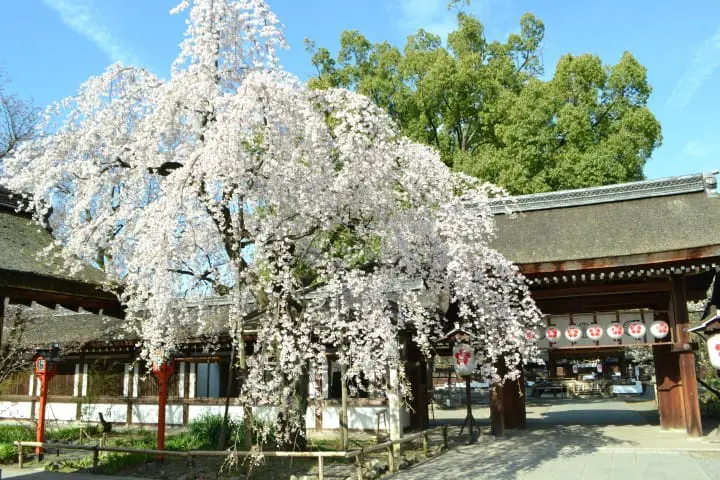
Picture courtesy of Hirano Shrine
Hirano Shrine has been known for cherry blossoms since the Edo period. It offers various cherry blossom trees, with about 50 to 60 different types blooming from early March to early May.
The Hirano Shrine Cherry Blossom Festival, held annually on April 10, is an event where the parade starts from Hirano Shrine, passes by Kitano Tenmangu Shrine, and moves on to Kinkakuji Temple (the Golden Pavilion). It is a lively festival that allows those participating to experience historical and cultural Japanese events.
Hirano Shrine Cherry Blossom Festival
Date: April 10
Location: Hirano Shrine
Official Website: https://www.hiranojinja.com/home/gaiyo/nentyugyoji/okasai (Japanese)
Hotels near Hirano Shrine
6. Kitano Tenmangu Shrine Plum Blossom Festival

Sugawara no Michizane (845-903), worshipped as the guardian deity of learning at all the Tenmangu shrines in Japan, passed away on February 25. Kyoto's Kitano Tenmangu Shrine holds the Plum Blossom Festival every year around this date to commemorate him through the beauty of plum blossoms. This tradition has a history of over 900 years.
On the day of the festival, there are tea ceremonies performed in the plum garden and entertainment by geishas. An event called the Tenjin Market is also held on this date, marking the lively beginning of spring.
Kitano Tenmangu Shrine Plum Blossom Festival
Date: February 25
Location: Kitano Tenmangu Shrine
Official website: https://kitanotenmangu.or.jp/ (Japanese)
Hotels near Kitano Tenmangu Shrine
7. Shimogamo Shrine Misogi Matsuri

The Misogi Matsuri at Shimogamo Shrine was initially a purifying ritual for the nobility during seasonal transitions to cleanse the body or ward off illnesses. Today, it has developed into a summer festival where anyone can participate.
Although named Misogi Matsuri, it is a foot-washing ritual. Participants walk barefoot into the spring water of the shrine's water basin, mitigating the summer heat on a humid Kyoto night.
Shimogamo Shrine Misogi Matsuri
Date: Around midsummer, on the Day of the Ox (the specific date varies annually. Please check the official website for details.)
Location: Shimogamo Shrine
Official Website: https://www.shimogamo-jinja.or.jp/ (Japanese)
8. Fushimi Inari Taisha Grand Festival

The Main Shrine Festival at Fushimi Inari Taisha is held to express gratitude to the deities. On the eve of the festival, lanterns fill the precincts, with red-colored ones placed on the torii gates. Many visitors wearing yukata and fox masks make Fushimi Inari Taisha bustling with a mysterious atmosphere.
Fushimi Inari Taisha Grand Festival
Date: Around the first Sunday after the date of Day of the Ox in July (The specific date varies annually. Please check the official website for details.)
Location: Fushimi Inari Taisha
Official Website: https://inari.jp/en/
Hotels near Fushimi Inari Taisha Shrine
9. Atago Shrine Senku
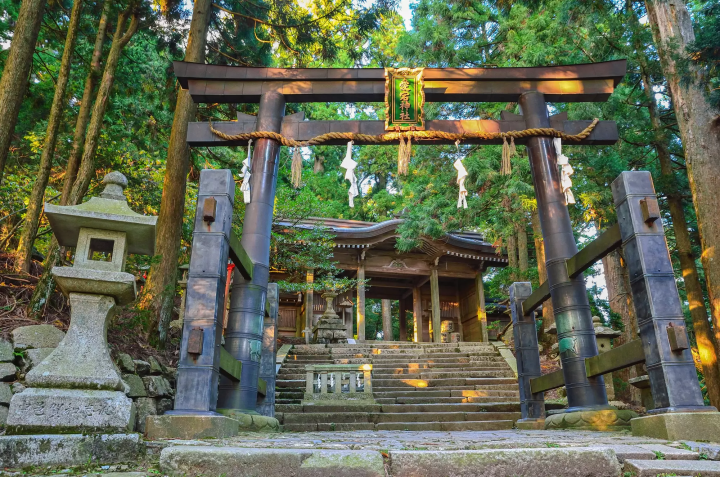
Picture of courtesy Pixta
Located on the summit of Mount Atago in Kyoto, Atago Shrine is a renowned place of "Kasafuku no Kami" worship, and is the head shrine of over 900 Atago Shrines throughout Japan.
The Senku is held on the morning of July 31 to August 1. It is believed that ascending to the top of the mountain during this period can bestow upon participants the benefits of 1,000 days' worth of good deeds.
Young children under the age of three who visit the peak will be blessed with lifelong protection against fire-related disasters. The shrine was also featured in the Japanese drama "Kiyo in Kyoto: From the Maiko House."
Atago Shrine Senku
Date: Early morning on July 31st to August 1st
Location: Atago Shrine
Official Website: http://atagojinjya.jp/ (Japanese)
10. Toka Ebisu Festival

Picture of courtesy Pixta
Toka Ebisu Festival is held around January 10 to celebrate the birth of the fisherman deity, Ebisu, who is in charge of business prosperity.
The event at Ebisu Shrine in Kyoto, locally known as "Ebesan," is one of Japan's three major Ebisu festivals. It draws numerous people seeking good omens at the beginning of each year.
Actresses from Toho, a prominent Japanese film company, visit the shrine in a palanquin decorated with auspicious trios of pine, bamboo, and plum. The geisha of Gion distribute lucky tassel-ornamented branches on January 11, which offers a rare experience.
Toka Ebisu Festival
Date: January 8 - 12
Location: Ebisu Shrine
Official Website: http://www.kyoto-ebisu.jp/tooka.html (Japanese)
11. Kurama Fire Festival

Picture courtesy of Pixta
The Kurama Fire Festival is held annually on October 22 at the Yuki Shrine on Mount Kurama.
Originating in 940, it was originally a procession to welcome deities from the imperial palace to Kurama, with villagers carrying portable shrines and torches, forming the prototype of this fire festival. During the festival, blazing torches parade through the streets, illuminating the night sky of Kurama.
Kurama Fire Festival
Date: October 22
Location: Yuki Shrine
Official Website: http://www.yukijinjya.jp/about/index.html?id=about05 (Japanese)
12. Imamiya Yasurai Festival

Picture courtesy of Pixta
Imamiya Yasurai Festival is one of the three major festivals in Kyoto. It was originally held to suppress the spread of disease popular during the cherry blossom season to control the spirits of flowers and pray for good health at Imamiya Shrine.
The festival involves collecting the roots of epidemics under cherry and camellia-decorated umbrellas and sealing them away. It is believed that seeking refuge under the umbrella can ward off misfortune for the upcoming year. Nowadays, people seeking refuge under the umbrella can pray for good health.
Imamiya Yasurai Festival
Date: Second Sunday of April
Location: Imamiya Shrine
Official Website: http://www.imamiyajinja.org/eng/imamiya_ENG/TOP.html
Hotels near Imamiya Shrine
13. Uzumasa Ushi Matsuri

Picture courtesy of Pixta
In October, Horinji Temple in Uzumasa, Kyoto holds the Uzumasa Ushi Matsuri to pray for the dispersal of evil diseases and a bountiful harvest.
During the festival, a deity riding a bull and the Four Heavenly Kings with red and blue demon masks carry torches while parading around the precincts of Horinji Temple. However, the bull festival has been on a long-term hiatus, becoming an extremely rare festival due to difficulties in arranging bulls in recent years.
Uzumasa Ushi Matsuri
Date: Currently on hiatus
Location: Horinji Temple
Enjoy Kyoto's Festivals
Kyoto, with its rich cultural heritage, preserves many festivals with long histories and unique characteristics, such as Kyoto's Three Grand Festivals or the Three Mysterious Festivals.
Aside from the festivals selected in this article, every season of the year in Kyoto is filled with excitement. Next time you visit Kyoto, consider immersing yourself in the customs and culture through these festivals!
Read also
Main image courtesy of JNTO
I used to live in Japan and managed to conquer 78 out of the 100 famous castles and 12 existing castle towers in 8 years. As a history enthusiast, I also have a passion for baseball and Japanese dramas, which have driven me to visit all 47 prefectures. I hope to convey not only the scenery of Japan but also more of its culture and way of life.













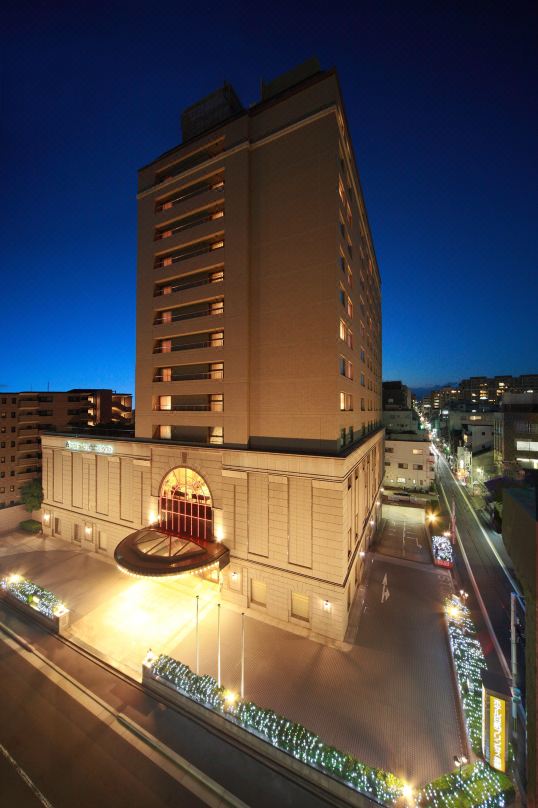













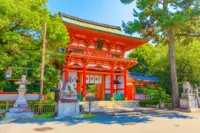

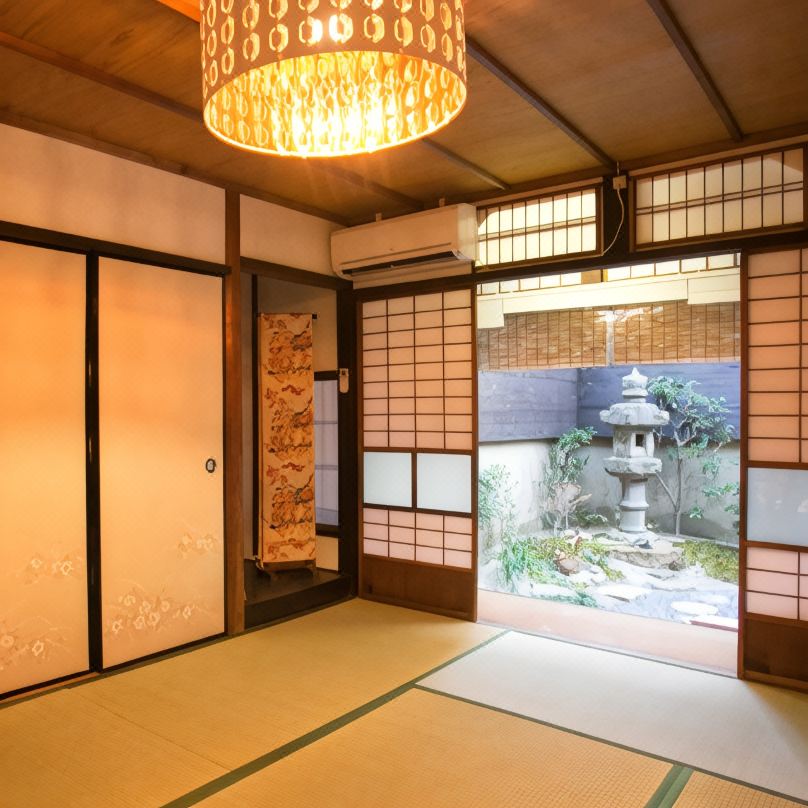



































![[2026] Top 5 Strawberry Picking Spots in Tokushima, Naruto| Farms and Access Guide for January to May](https://resources.matcha-jp.com/resize/720x2000/2025/03/06-227165.webp)



